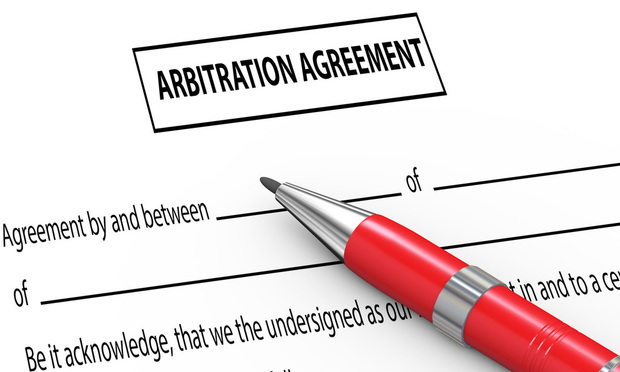Last month the U.S. Supreme Court significantly limited access to class arbitration proceedings by finding arbitration agreements must clearly permit class arbitration for class arbitration to proceed. The court, however, failed to elucidate what “clearly” really means. Nevertheless, consumers and employees subject to arbitration agreements must now utilize other measures to pursue effective relief in arbitration against powerful economic entities.
Class arbitration is a procedural device that incorporates components of Federal Rule of Civil Procedure 23 class actions into the arbitration framework. Like class actions, class arbitration facilitates large-scale relief in claims pursued by a representative on behalf of dozens, hundreds or thousands of injured parties subject to similar harm and arbitration clauses. Class arbitration is not prohibited by the Federal Arbitration Act, 9 U.S.C. Section 1, et seq., has been in existence since at least the early 1980s (see Keating v. Superior Court, 645 P.2d 1192, 1209-10 (Cal. 1982) and Southland v. Keating, 465 U.S. 1 (1984)), and gained implicit approval by the Supreme Court in 2003 in Green Tree Financial v. Bazzle, 539 U.S. 444 (2003). Class arbitration is also recognized by major alternative dispute resolution organizations like the American Arbitration Association and JAMS, as each institution has specific rules for class arbitration proceedings. In fact, since 2003 the AAA has conducted over 450 class arbitrations under its Supplementary Rules for Class Arbitration.


 Credit: Ribah/Shutterstock.com
Credit: Ribah/Shutterstock.com




